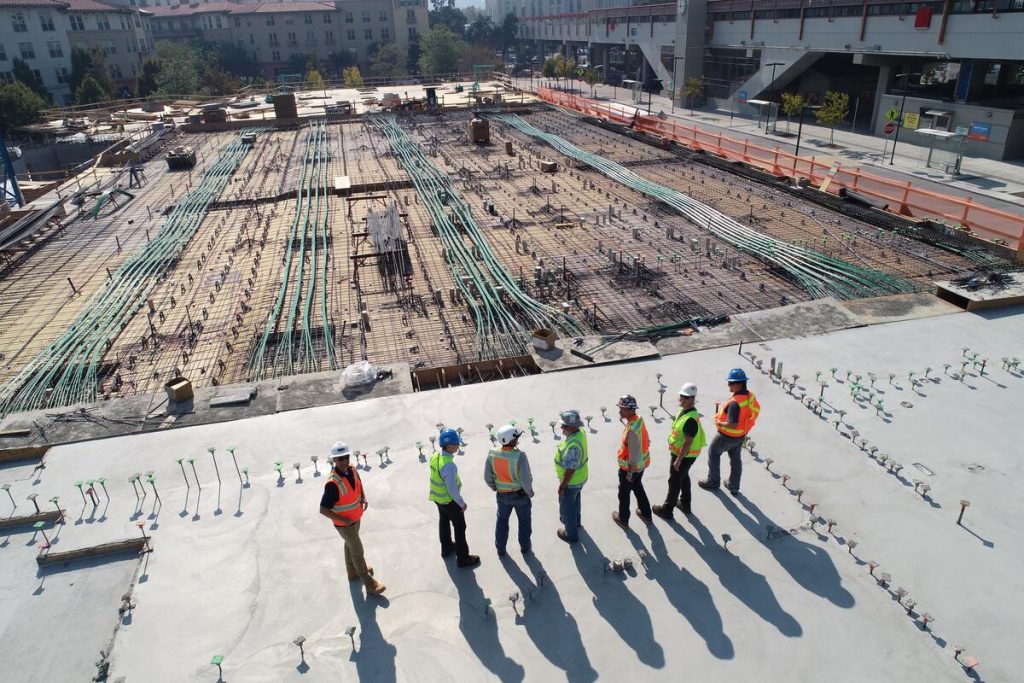- Determining the project scope and budget is essential for successful power plant construction.
- Consider factors such as climate, infrastructure, resources, and proximity to transmission lines when selecting a site for the new facility.
- Develop an engineering design based on desired output capacity and resource availability.
- Materials and equipment must be procured and installed.
- Testing and commissioning are vital for safe operation and must be completed before the plant is online.
Building a power plant is a significant undertaking that requires careful planning, considerable resources, and considerable expertise. This blog post will discuss the basics of constructing a power plant from start to finish. It will cover the key considerations you need to remember when determining your project scope, selecting a site for your new facility, and developing an engineering design for your power plant.

Determining Your Project Scope & Budget
When constructing a power plant, it’s essential to consider the size and scope of your project. How much energy do you want to generate? What type of fuel will you use? Do you plan to use renewable sources such as solar or wind energy? These critical questions will determine the size and cost of building your new facility. Here’s a guide to help you get started:
Define Your Goals with Precision
The first step in setting a realistic project scope and budget is precisely defining your goals. You must know exactly what you want to achieve before you can begin drafting a plan to help you get there. This means taking the time to research all the options available and identifying which are best suited to meeting your needs.

Develop an Accurate Estimate Of Time & Costs
Once you have defined your goals for building a power plant, it’s time to develop an accurate estimate of the time and costs associated with completing the project. Start by creating a list of materials needed for construction and labor costs associated with each task. Additionally, consider any permits or licenses required by local authorities and any financing fees or other expenses related to running the power plant after it’s built.
Create A Comprehensive Action Plan
After you have determined your estimated timeline and cost for building a power plant, it’s time to create a comprehensive action plan outlining each step required for successful completion. This plan should include detailed timelines for each phase of construction and benchmarks that need to be met before moving on to each successive stage.
Selecting Your Site & Clearing It For Construction
Once you’ve determined your project scope, it’s time to select a suitable site for your new facility. This means evaluating factors such as climate conditions, local infrastructure, access to resources (such as fuel or water), and proximity to existing transmission lines. It’s also important to assess any potential environmental impacts associated with building on the proposed site before moving forward with construction.
Developing an Engineering Design & Constructing the Facility
The next step is designing an engineering plan for your new facility based on your desired output capacity and resource availability (i.e., fuel type). Once the design has been finalized and approved by local authorities, construction can begin! During this stage of construction, it’s essential to ensure that all safety protocols are followed closely to protect workers involved in the project and those living near the facility after completion.
Materials and Equipment Procurement & Installation
Once the construction phase is complete, it’s time to procure and install the necessary equipment for your power plant. This includes generators, turbines, fuel tanks, pumps, and other materials. Another critical piece of equipment to consider is a Banjo self-priming centrifugal pump, which helps ensure efficient operation. Powerplants use this tool to quickly move liquids, slurries, and semi-solids, allowing for your facility’s smooth and safe operation.
Testing & Commissioning
Once all the materials and equipment have been procured and installed, it’s time to test and commission the power plant. During this stage, trained engineers and technicians test the equipment to ensure it works properly before the facility is brought online.
The testing process also includes checking for compliance with safety regulatory standards and verifying that all systems are operating as expected. This step is essential for safe operation and must be completed before the plant is brought online. But why is this step vital? Here’s why.
To ensure that the power plant will operate safely and efficiently
One of the essential aspects of constructing a power plant is ensuring that it will operate safely and efficiently for its entire lifetime. The testing and commissioning phase helps to ensure that all systems are working as expected and that any safety concerns have been addressed before the facility goes online.
Building a power plant is no small feat; it requires considerable planning, resources, and expertise. By following these key steps—from developing a project scope to testing and commissioning the facility—you can be sure that your new power plant will operate safely, efficiently, and for years to come.

